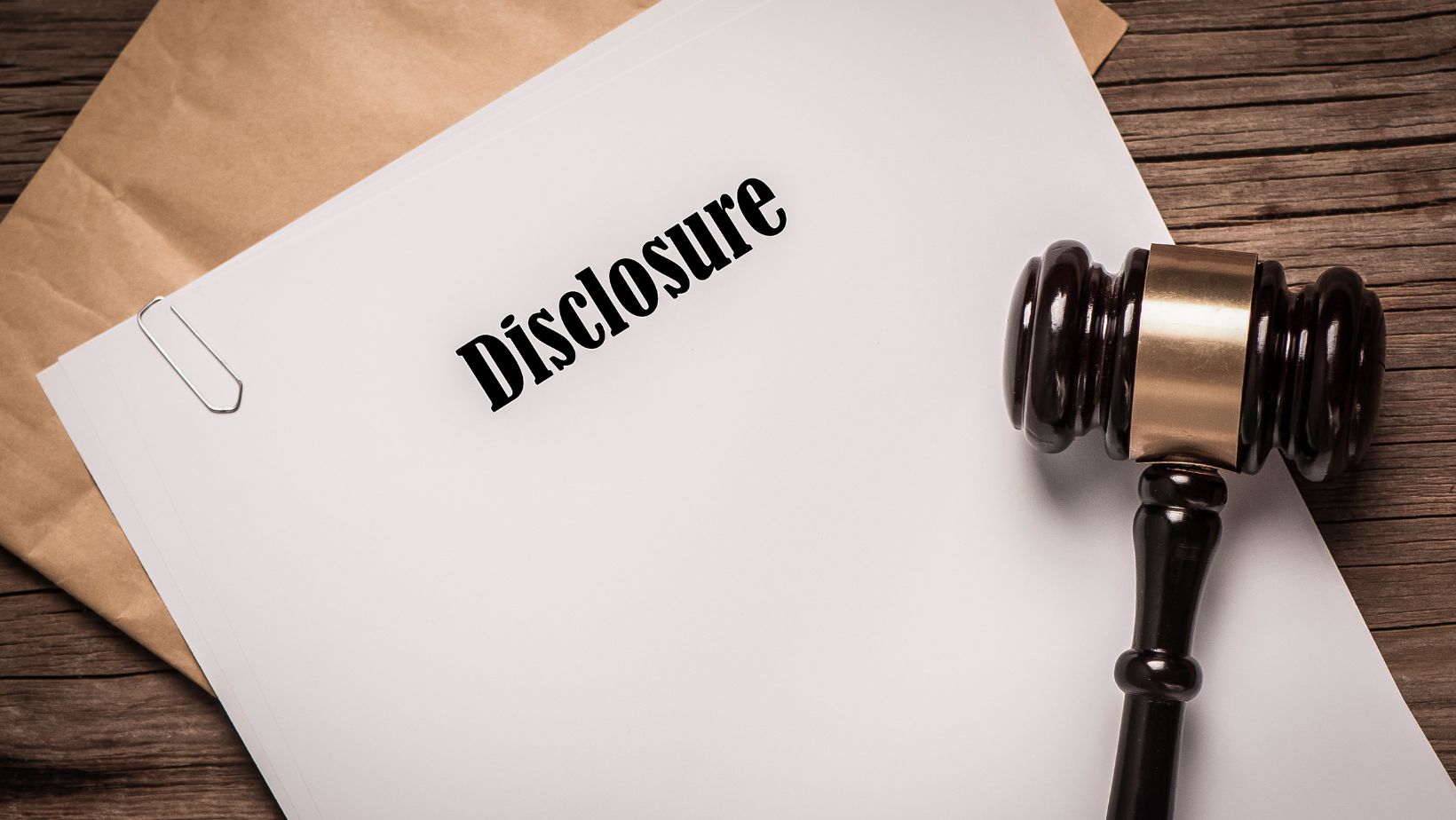Above Top Secret the Technology Behind Disclosure
I’ve always been intrigued by the concept of above top secret technology and its implications for disclosure. It’s this mysterious realm where cutting-edge innovations are born, often shrouded in secrecy and beyond the reach of public knowledge. These technologies, whether they’re related to national security or scientific advancements, hold an undeniable allure. The question is: What happens when these secrets start to seep out into the open?
Delving into the world of top-secret tech isn’t just about uncovering hidden truths; it’s about understanding how emerging technologies could shape our future. It’s a journey into a realm where innovation meets intrigue, and where revelations could turn science fiction into reality overnight.
The term ‘disclosure’ takes on a whole new meaning in this context. It’s not just about revealing confidential information—it’s about unmasking technological breakthroughs that have the power to change everything we thought we knew. As I explore the technology behind disclosure, I can’t help but wonder: What will it mean for society when the above top secret becomes everyday knowledge?
Decoding ‘Above Top Secret’: An Overview
Diving right into it, let’s start with a brief overview of what exactly ‘above top secret’ means. It’s a term that’s often thrown around in discussions regarding classified information and disclosure. This phrase typically refers to data or knowledge so sensitive, it exceeds the standard classifications of confidentiality found within government organizations.
To truly grasp this concept, we need to understand that secrecy levels within governmental structures aren’t as straightforward as they might seem. Sure, there are common labels like confidential, secret, and top secret. However, when we venture deeper into these echelons of concealment, we find categories such as ‘above top secret’. These classifications contain information considered so crucial or potentially damaging that their disclosure is tightly controlled.
Now you may be asking yourself- why does all this matter? Well for one thing, understanding the mechanics behind these layers of secrecy gives us insight into how governments operate. More importantly though, it acts as a keyhole through which we can glimpse the cutting-edge technologies being developed behind closed doors.
For instance:
- Advanced propulsion systems
- Energy-generating technologies
- AI and machine learning developments
These are just snippets of what could potentially be hidden under the guise of ‘above top secret’. But here comes the big question – How do we get our hands on such highly classified information? The answer lies in technology itself!
In today’s world where hacking tools have become more sophisticated than ever before and whistleblowers are growing bolder by the day – technology plays an instrumental role in piercing through these veils of secrecy. From encrypted email leaks to secure file transfers over clandestine networks – tech continues to play its part in facilitating disclosures at every level.
But let’s not forget about legislation either! Recent laws surrounding freedom of information and public rights to access certain classified documents have also contributed significantly towards bringing some ‘above top secret’ facts into light.
In the following sections, we’ll delve deeper into these topics and more. We’ll explore how technology aids in both maintaining and breaking through these barriers of secrecy. So stay tuned as we unravel the mystery behind ‘above top secret’ – the technology behind disclosure.

Historical Context of Secrecy and Disclosure
Let’s plunge into the shadows and illuminate the complex saga of secrecy and disclosure. It’s a narrative that dates back to World War II, when advanced technologies were shrouded in mystery. These classified innovations, much like “above top secret technology behind disclosure,” emerged from covert operations and clandestine research projects.
I’d be remiss not to mention Project Manhattan, an emblematic example of such secrecy. This top-secret venture led to the creation of the atomic bomb, an unprecedented technological breakthrough at that time. The devastating power concealed within this project was only disclosed after Hiroshima and Nagasaki bore witness to its destructive potential. Post-war era witnessed heightened paranoia about state secrets falling into ‘wrong’ hands, fueling Cold War tensions.
Fast forward to the 21st century; we’re still grappling with similar dilemmas around secrecy and disclosure in tech advancements. Take for instance drone technology – originally developed for military purposes but now increasingly employed in various civilian sectors after partial disclosures.
Speaking about above top secret technologies reminds me of Area 51 – a name synonymous with extraterrestrial conspiracies and UFO sightings. Officially recognized as a remote detachment of Edwards Air Force Base, it has long been speculated to house advanced technologies far beyond public comprehension.
So what compels governments globally towards such intense secrecy? It often boils down to national security concerns or competitive advantages on global platforms. However, these hidden developments can sometimes have significant implications on society if disclosed responsibly – improving lives or even reshaping our understanding of reality.
Secrecy may be necessary at times but it’s also crucial that there is transparency whenever possible – maintaining a balance between protecting sensitive information while ensuring scientific progress isn’t stifled by too many secrets.














